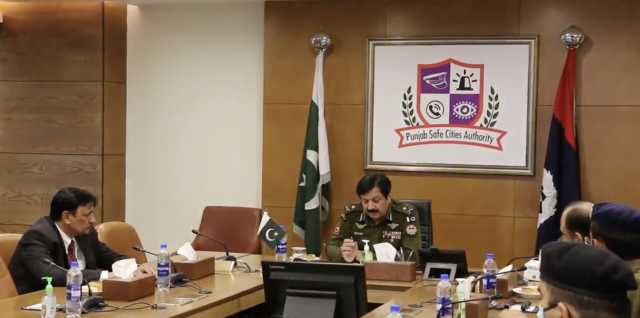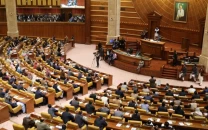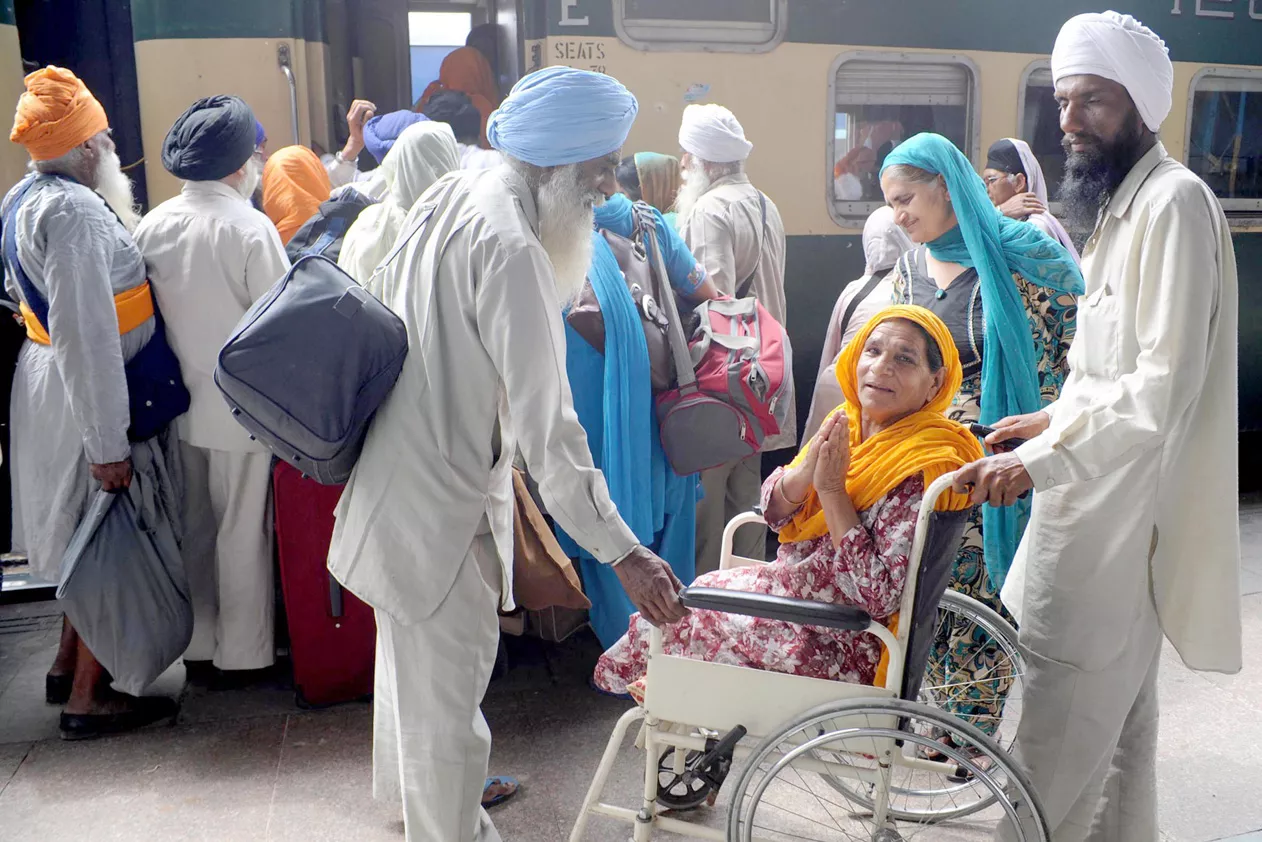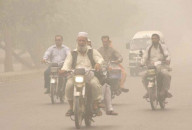Motorway incident: Punjab Police sticks to archaic tactics
Arrest of suspects’ kin by Punjab Police shows lack of modern methods

As the prime suspect of the motorway sexual assault and his wife fled after seeing a police team in plainclothes approaching his house Qila Sattar Shah, the officials took his daughter into custody.
The information was shared by Inspector of Police (IGP) Punjab Inam Ghani in a press conference, while sitting next to Chief Minister Usman Buzdar.
Later, it was found that the detained girl was a minor and the police had to hand her over to the Child Protection and Welfare Bureau (CP&WB).
Besides the minor girl, the police had taken around a dozen relatives of the accused into custody after failure to arrest him. The practice was also observed in the arrest of suspect Waqarul Hassan and his relative Abbass.
Arrest of family members, friends and other people related to a suspect to coerce him to surrender before police is not specific to this high profile case, where the whole force of the province had been engaged to apprehend the suspects. The practice is so common that it has turned into a norm in the department, shared a police officer. This happened in almost every case, he said, adding that the investigators did not feel any reluctance on moral or legal grounds in arresting people connected to a suspect.
The practice has drawn criticism from rights groups and other sections of the society.
Counsel for Human Rights Watch Asia, Saroop Ijaz, while talking to The Express Tribune said making someone hostage for the arrest of a criminal could not be justified.
He added that the police adopted such methods to overcome the deficiency in investigation through the modern scientific means available. He proposed the adoption of modern technology by the police. He also asked for a dialogue among courts, police and prosecution authorities in this regard.
Former additional IG Sarmad Saed Khan also declared the practice illegal, a violation of fundamental rights and against religious norms.
However, he said the whole society was involved in pushing the police officials to go this far. The police faced various forms of pressure to arrest the accused at the earliest from courts, complainants, senior officers and government with deadlines, he added.
The former official also blamed lack of resources, including modern technology, workforce, infrastructure and data for the malpractice.
“A manhunt like that adopted by the police in Pakistan happens nowhere else in the world,” Khan said. In the developed world, there was much reliance on technological advancements in investigations, he added. A few months earlier, SSP Mufakhar Adeel’s family members were also taken into custody after police could not find him despite a hectic search during the investigation of a murder case.
The official had been charged with the murder of his close friend Shahbaz Tatla.
The police searched for him for days but could not find a trace of him. They also could not find any trace of the victims’ body. On failing to find any lead, the police took his family into custody to coerce him into surrendering.
After the failure of Lahore Police, CIA, CTD and Special Branch to arrest the prime accused of motorway incident, Abid Malhi despite the passage of two weeks, the Inspector General of Punjab Police (IGP) has established another force to arrest the suspect.
At least 28 special teams under the chairmanship of DIG Investigations Lahore Shahzada Sultan failed to trace out the suspect.
A day earlier, IGP Inam Ghani had sought help from the police of all the 36 districts of Punjab. He had issued orders of deployment of each member of the district security branch (DBS) of all the police formations to help arrest the accused.
Published in The Express Tribune, September 25th, 2020.



















COMMENTS
Comments are moderated and generally will be posted if they are on-topic and not abusive.
For more information, please see our Comments FAQ